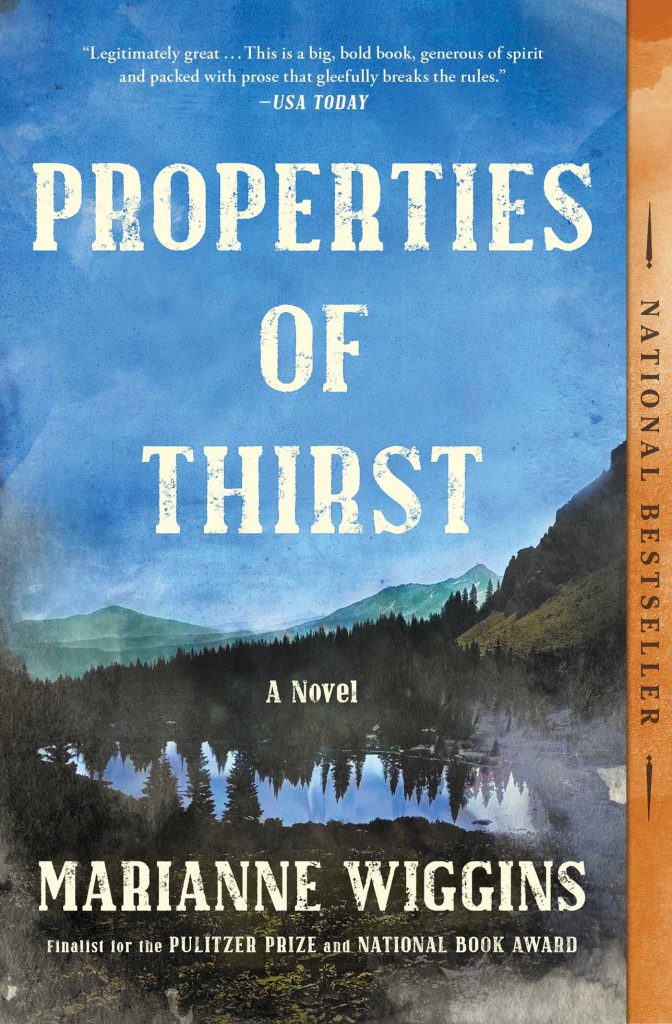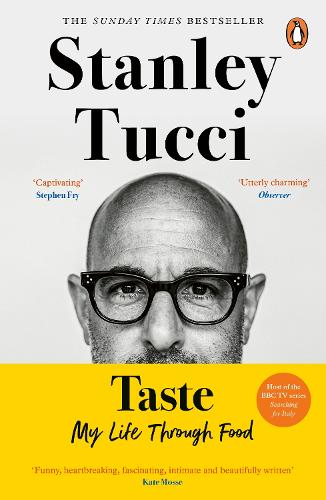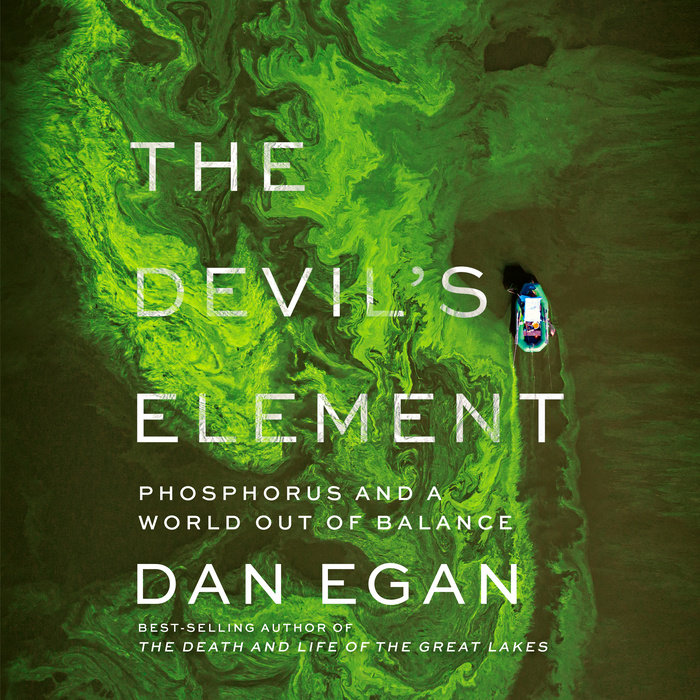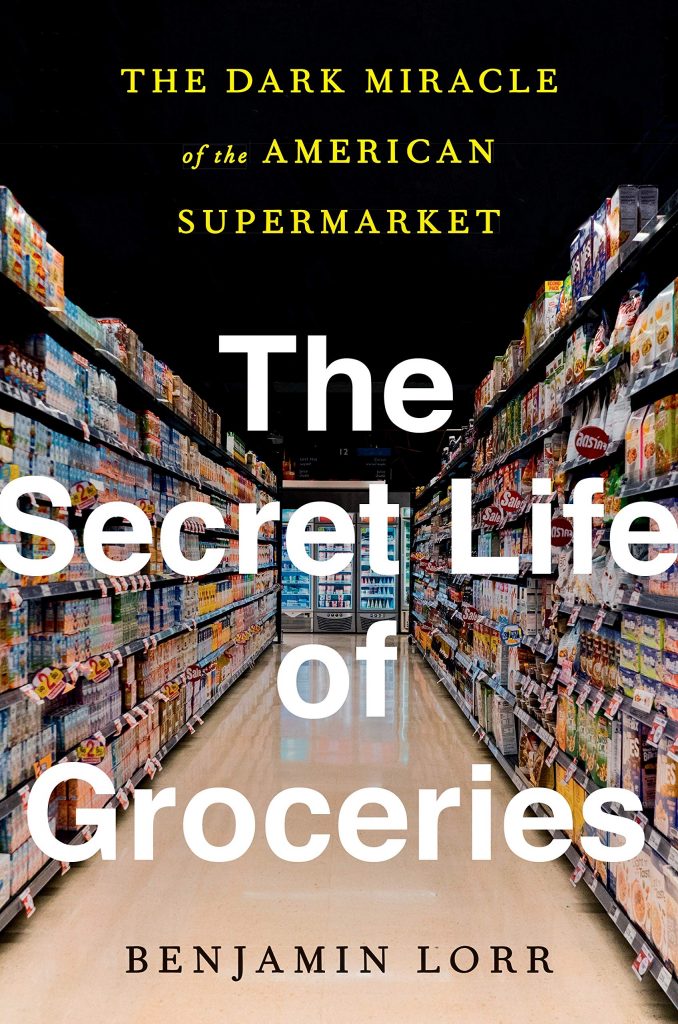
An ambitious book that centers the Owen’s Valley in California, the valley’s desertification following rerouting all of the valley’s water to Los Angeles, and the placement of the Japanese internment camp, Manzanar, in the midst of the dusty, isolated desert. A lone holdout rancher, Rocky Rhodes, refuses to cooperate with the water boys from LA. He is joined by his twin sister, Casswell, his wife (who is already dead by the time the book opens), and his two children: Sunny and Stryker. (Get it: Rocky Roads, Sunny Roads?). The Rhodes’s come from old waspy money back east.
Schiff, a nebish of a Jew, with a big conscience, from Chicago is charged with building a camp — really a ghetto — for 10,000 American citizens forced to abandon their jobs and homes with nothing more than what they are wearing and could carry in their hands. Sunny and Schiff have eyes for one another, Sunny is an indomitable chef in the middle of nowhere, Nature (with a capital N) in the desert and in the nearby Sierras is a character in its own right, and Japanese prisoners of war stagger through the indignities of living behind barbed wire.
Wiggins is a master story teller and a wizard with words, but may have taken on too many themes to do sufficient justice to all of them in one book.



 It is a great idea for research that is long overdue. Michael Twitty explores the role of enslaved Africans in shaping American foodways. Think about it. Africans captured in Africa and transported for sale to American owners brought with them foods and methods of cooking they knew from home. In America they were forced to work in the kitchens of slave owners and to keep themselves from starving to death too quickly — fieldwork for Africans was no different in duration or difficulty than it was for horses and mules — they grew small household gardens when they could. In short, their influence on what we know of today as southern cooking was deep and wide. Twitty is fascinating just by himself: black, gay, Jewish, historian, and foodie. Where the book falters, unfortunately, is the confusing intertwining of food history, Twitty’s autobiography, and his search for his genetic roots. By themselves, each story is a fine thread. Together, they are a hopelessly tangled series of knots and broken leads.
It is a great idea for research that is long overdue. Michael Twitty explores the role of enslaved Africans in shaping American foodways. Think about it. Africans captured in Africa and transported for sale to American owners brought with them foods and methods of cooking they knew from home. In America they were forced to work in the kitchens of slave owners and to keep themselves from starving to death too quickly — fieldwork for Africans was no different in duration or difficulty than it was for horses and mules — they grew small household gardens when they could. In short, their influence on what we know of today as southern cooking was deep and wide. Twitty is fascinating just by himself: black, gay, Jewish, historian, and foodie. Where the book falters, unfortunately, is the confusing intertwining of food history, Twitty’s autobiography, and his search for his genetic roots. By themselves, each story is a fine thread. Together, they are a hopelessly tangled series of knots and broken leads.



 It’s an interesting thesis. Jane Ziegelman, a food historian working at the Tenement Museum traces the food history of five immigrant families that settled on the lower east side of Manhattan: German, German Jewish, Irish, Russian Jewish, and Italian. She suggests that immigrants were aggressive assimilators with one exception. They hung onto the food of their homelands and Americans absorbed their foreign foods, taking on new things like pale ales, frankfurters, hamburgers, bagels, pasta, etc. Unfortunately, the book is short on story and long on fact making it read more like an endless encyclopedia entry than a compelling piece of non-fiction.
It’s an interesting thesis. Jane Ziegelman, a food historian working at the Tenement Museum traces the food history of five immigrant families that settled on the lower east side of Manhattan: German, German Jewish, Irish, Russian Jewish, and Italian. She suggests that immigrants were aggressive assimilators with one exception. They hung onto the food of their homelands and Americans absorbed their foreign foods, taking on new things like pale ales, frankfurters, hamburgers, bagels, pasta, etc. Unfortunately, the book is short on story and long on fact making it read more like an endless encyclopedia entry than a compelling piece of non-fiction.